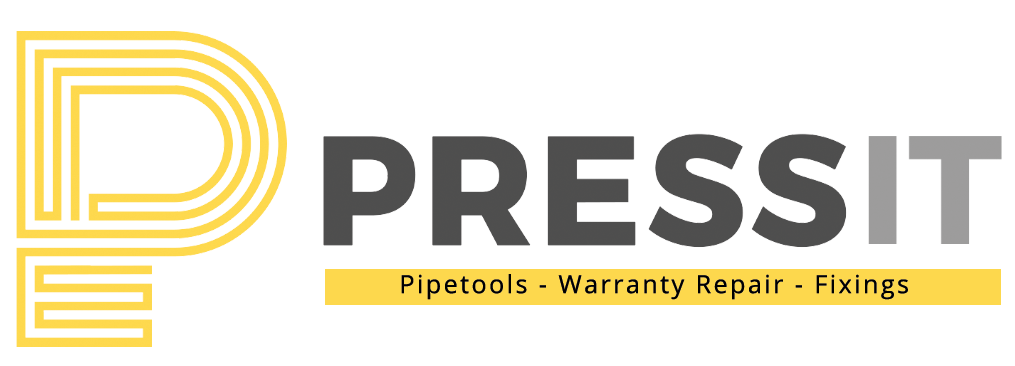Copper press fittings have emerged as a revolutionary solution in the plumbing and HVAC industries. Their efficient and reliable performance, coupled with ease of installation, has made them increasingly popular in the UK market. In this blog, we will delve into the industry standards and certifications that ensure the quality, safety, and compliance of copper press fittings in the UK.
Skip the Reading and Order Copper Press Fittings>>
Introduction to Copper Press Fittings
Copper press fittings are mechanical joints used to connect pipes without the need for welding or soldering. They provide a secure and leak-proof connection, making them a preferred choice for various applications. The benefits of using copper press fittings are manifold, ranging from time-saving installation to better longevity.
Understanding Industry Standards for Copper Press Fittings
For any plumbing or HVAC component to be deemed reliable, it must meet specific industry standards. In the UK, the British Standard BS EN 1254 governs the manufacturing and performance requirements of copper press fittings. Compliance with this standard ensures that the fittings are engineered to meet the highest quality and safety criteria.
Additionally, the Water Regulations Advisory Scheme (WRAS) approval is essential for copper press fittings used in drinking water applications. This certification guarantees that the fittings comply with the stringent regulations in place to safeguard public health.
Certifications and Quality Assurance
Copper press fittings undergo rigorous testing to earn various certifications. The ISO 9001 certification indicates that the manufacturing process adheres to international quality management standards. Furthermore, the Kitemark certification, awarded by the British Standards Institution, signifies that the fittings meet the highest levels of performance and safety.
Another significant marking to look for is the CE marking, which indicates that the product conforms to European Union health, safety, and environmental protection regulations.
Installation and Maintenance Guidelines
Proper installation techniques are crucial for the optimal functioning of copper press fittings. Installers must follow manufacturer guidelines and use compatible tools to ensure a reliable joint. Regular maintenance and inspection are also recommended to identify and address potential issues before they escalate.
Copper Press Fittings vs. Traditional Joining Methods
In comparison to traditional joining methods like soldering, copper press fittings offer distinct advantages. Soldering requires open flames, making it potentially hazardous and time-consuming. Copper press fittings, on the other hand, can be installed quickly and safely using specialized press tools, saving both time and labour costs.
Moreover, copper press fittings outperform threaded fittings, as they eliminate the risk of leaks and require minimal maintenance.
Copper Press Fittings in Plumbing Applications
Copper press fittings find extensive use in both residential and commercial plumbing systems. Their versatility and ease of installation make them ideal for various plumbing configurations, ensuring a reliable and durable network of pipes.
Copper Press Fittings in Heating and Cooling Systems
In HVAC systems, copper press fittings play a vital role in ensuring efficient heat transfer and distribution. Their tight connections prevent energy losses and maintain the system's overall performance. Additionally, copper press fittings are widely used in radiant heating applications, providing uniform and comfortable warmth.
Copper Press Fittings in Gas Distribution
Safety is of utmost importance when it comes to gas distribution. Copper press fittings offer a secure joint that reduces the risk of gas leakage. They comply with gas safety regulations and provide a dependable solution for gas supply networks.
Environmental Considerations and Sustainability
Copper is a highly sustainable material with excellent recyclability. Using copper press fittings promotes eco-friendly practices, as they can be reused and recycled with minimal energy consumption. Additionally, their longevity reduces the need for frequent replacements, further contributing to environmental conservation.
Best Practices for Purchasing Copper Press Fittings
When purchasing copper press fittings, it is essential to select reputable suppliers known for their quality products and adherence to industry standards. Consider factors such as compatibility with the intended application, warranty, and after-sales support to make an informed decision.
Conclusion
Copper press fittings have revolutionised the plumbing and HVAC industries with their efficiency and reliability. Meeting industry standards such as BS EN 1254 and obtaining certifications like WRAS approval, ISO 9001, and Kitemark, ensure their quality and safety. These fittings offer a superior alternative to traditional joining methods, making installations quicker and safer. By embracing copper press fittings, we not only enjoy the benefits of a robust system but also contribute to sustainable and eco-friendly practices.
FAQs
1. Are copper press fittings suitable for DIY projects? Absolutely! Copper press fittings are designed for easy installation and can be used in DIY plumbing and HVAC projects.
2. Can copper press fittings be used for underground applications? Yes, copper press fittings can be used for underground applications, provided they are adequately protected from external elements.
3. Do copper press fittings require special tools for installation? Yes, copper press fittings require specialised press tools to create reliable joints quickly and securely.
4. Are copper press fittings compatible with other pipe materials? Copper press fittings are compatible with various pipe materials, including copper, PEX, and stainless steel.
5. What is the average lifespan of copper press fittings? When installed and maintained correctly, copper press fittings can last for several decades, providing long-term reliability.
